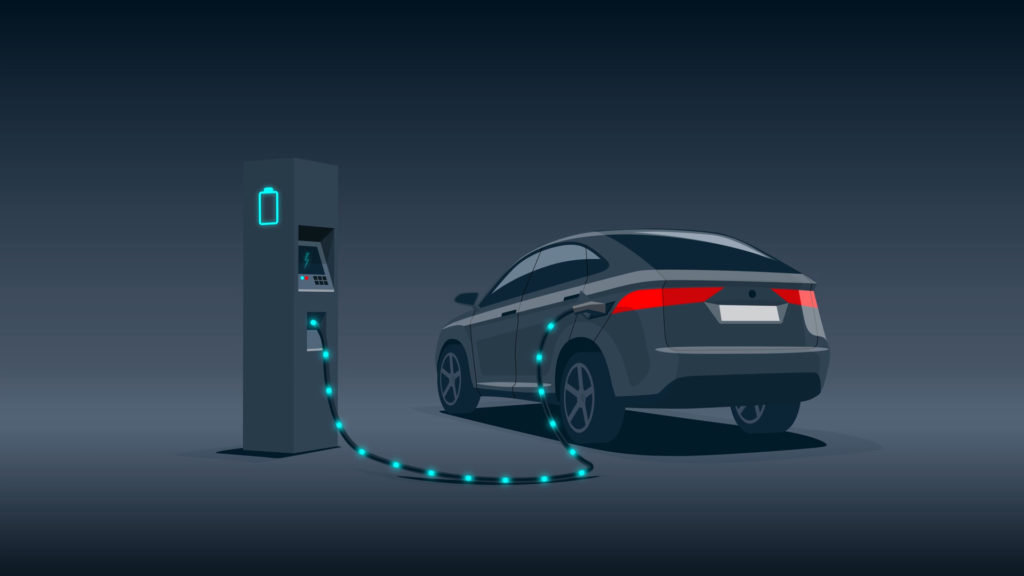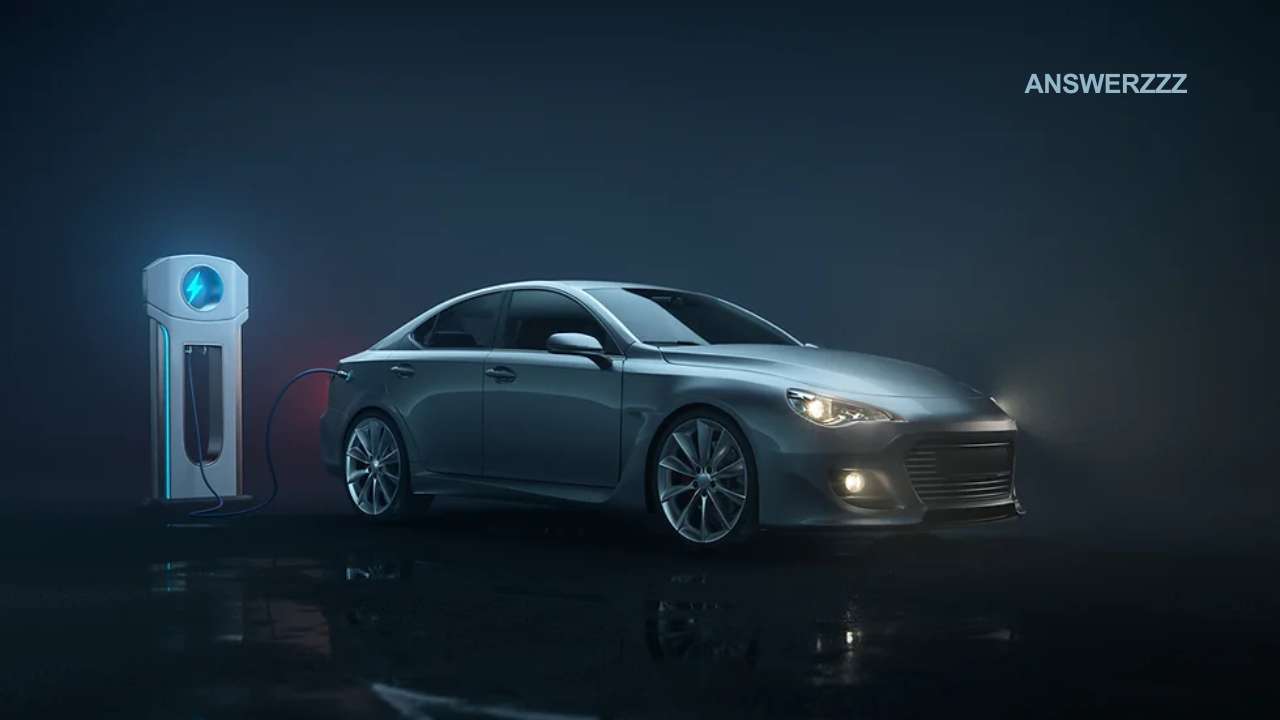Electric vehicles (EVs) have evolved from a niche market to a mainstream phenomenon, revolutionizing the global automotive landscape. As we enter 2025, the EV industry stands at the cusp of unprecedented growth and transformation, fueled by technological advancements, regulatory changes, and shifting consumer preferences. This article delves into the trends shaping the future of EVs and highlights key developments to watch this year.
1. Breakthroughs in Battery Technology
Battery technology remains the cornerstone of EV advancement. In 2025, the industry is witnessing significant innovations in battery chemistry and production:
- Solid-State Batteries: These promise higher energy density, faster charging times, and improved safety compared to traditional lithium-ion batteries. Companies like Toyota and QuantumScape are leading the charge, with commercial rollouts expected this year.
- Increased Energy Density: New cathode materials, such as lithium iron phosphate (LFP) and nickel-cobalt-manganese (NCM), are improving the energy capacity of batteries, enabling longer ranges for EVs.
- Faster Charging: Innovations in charging infrastructure, combined with advanced battery designs, are reducing charging times to as little as 10-15 minutes for a full charge.
2. Expansion of Charging Infrastructure
As EV adoption accelerates, the demand for accessible and efficient charging solutions grows. In 2025, the following trends are reshaping charging infrastructure:
- Ultra-Fast Charging Stations: High-powered chargers capable of delivering 350 kW or more are becoming widespread, making long-distance travel more convenient.
- Wireless Charging: Inductive charging technology is gaining traction, allowing EVs to charge seamlessly without physical connectors.
- Smart Grid Integration: Charging stations are increasingly integrated into smart grids, enabling dynamic pricing and efficient energy distribution to prevent grid overload.
3. Affordability and Accessibility
One of the primary barriers to widespread EV adoption has been cost. However, 2025 marks a turning point as EVs become more affordable and accessible:
- Declining Battery Costs: The cost of EV batteries has dropped significantly, reaching below $100 per kilowatt-hour, making EVs competitive with internal combustion engine (ICE) vehicles.
- Government Incentives: Continued subsidies, tax credits, and grants are encouraging consumers to switch to EVs.
- Used EV Market Growth: A growing second-hand EV market is making these vehicles accessible to budget-conscious buyers.
4. Autonomous Electric Vehicles
The convergence of electrification and automation is reshaping mobility. In 2025, autonomous electric vehicles are becoming more prevalent:
- Robotaxis: Companies like Waymo, Tesla, and Cruise are expanding their autonomous ride-hailing services in urban areas.
- Advanced Driver Assistance Systems (ADAS): Features like autonomous parking, lane-keeping, and adaptive cruise control are standard in many new EV models.
- Legislation and Safety Standards: Governments worldwide are updating regulations to accommodate and ensure the safety of autonomous EVs.
5. Sustainability and Circular Economy
Environmental concerns are driving the push for sustainable practices in the EV industry. Key trends include:
- Recycling and Reuse: Companies are investing in battery recycling technologies to recover valuable materials like lithium, cobalt, and nickel.
- Eco-Friendly Manufacturing: Automakers are adopting sustainable production practices, such as using renewable energy and biodegradable materials.
- Carbon-Neutral Goals: Major manufacturers are committing to carbon neutrality, not only in vehicle production but across their entire supply chains.
6. Diverse EV Models and Market Segmentation
The EV market is no longer limited to compact cars and sedans. In 2025, manufacturers are catering to a broad spectrum of consumers:
- Electric SUVs and Trucks: Models like the Rivian R1T, Tesla Cybertruck, and Ford F-150 Lightning are dominating the EV market.
- Luxury and Performance EVs: Premium brands like Porsche, BMW, and Mercedes-Benz are launching high-performance electric vehicles with cutting-edge features.
- Affordable Urban EVs: Compact, budget-friendly EVs designed for city driving are gaining popularity, especially in emerging markets.
7. Energy Storage Integration
EVs are increasingly being viewed as integral components of energy ecosystems:
- Vehicle-to-Grid (V2G) Technology: This allows EVs to feed electricity back into the grid during peak demand, providing energy storage solutions.
- Home Energy Solutions: EVs are being used as backup power sources for homes, enhancing energy resilience.
- Renewable Energy Synergy: The rise of solar and wind energy complements the growth of EVs, creating a sustainable energy loop.
8. Global Policy and Regulatory Shifts
Governments worldwide are playing a pivotal role in accelerating EV adoption through policies and regulations:
- Zero-Emission Mandates: Many countries, including the EU and China, are enforcing bans on ICE vehicle sales by 2030 or earlier.
- Emission Standards: Stricter emission norms are compelling automakers to transition to electric models.
- Infrastructure Investments: Governments are funding the development of nationwide charging networks to support EV growth.
9. Technological Convergence
The integration of advanced technologies is enhancing the EV experience:
- Artificial Intelligence (AI): AI-driven systems optimize battery performance, navigation, and energy management.
- 5G Connectivity: High-speed internet enables real-time updates, remote diagnostics, and enhanced infotainment systems.
- Blockchain: Blockchain technology is being used to create transparent systems for EV charging and energy trading.

10. Emerging Markets and Global Expansion
EV adoption is no longer confined to developed nations. In 2025, emerging markets are becoming major growth drivers:
- Asia-Pacific: Countries like India and Southeast Asian nations are seeing rapid EV adoption due to government incentives and affordable models.
- Africa: Local startups are introducing electric two-wheelers and public transport solutions tailored to the region’s needs.
- Latin America: Governments are promoting EVs as part of broader efforts to combat climate change.
11. Challenges to Overcome
Despite the rapid progress, the EV industry faces several challenges:
- Raw Material Supply: Securing a stable supply of lithium, cobalt, and other critical materials remains a concern.
- Grid Capacity: Scaling up electricity grids to meet increased demand from EVs is essential.
- Consumer Education: Addressing misconceptions about EV range, cost, and charging infrastructure is crucial for mass adoption.
The future of electric vehicles in 2025 is bright, marked by innovation, collaboration, and a commitment to sustainability. As the industry continues to evolve, it promises to reshape not only transportation but also energy systems and urban infrastructure. By embracing these trends, automakers, governments, and consumers can drive the transition toward a cleaner, greener future.





